Photography Beyond the War
戰爭之外的人文攝影
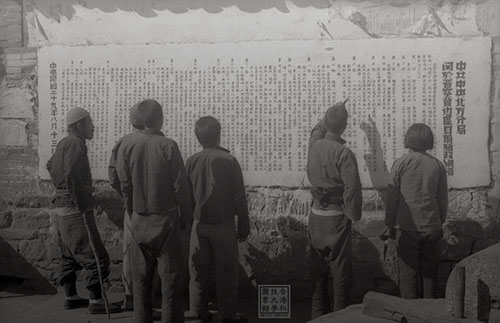
政治參與
Participating in Politics
在第二次中日戰爭(1937-1945年)期間拍攝的照片,其重點不在戰斗場面或戰爭的殘酷性,而是關注人民的政治生活。晉察冀邊區指的是中國山西、察哈爾(今天的內蒙古東部)和河北三省的邊境地區。這一地區被譽為中國第一個北方基地和新政治體制的典範。沙飛拍攝了人們參與邊境地區政治生活的一些時刻。通過這些照片,沙飛能夠捕捉和傳達整個新基地的集體認同感和力量。
The photographs taken during the Second Sino-Japanese War (1937-1945) had a focus away from the battle scenes or brutality of the war, instead focusing on the political life of the people. The Jin-Cha-Ji border region refers to the border areas of the three Chinese provinces of Shanxi, Chahar (today Eastern Inner Mongolia), and Hebei. This region was hailed as the first northern Chinese base and a model of new political institutions. Sha Fei captured some of the moments in which people took part in the political life of the border region. Through these photographs, Sha Fei was able to capture and convey a sense of collective identity and strength across the new base.
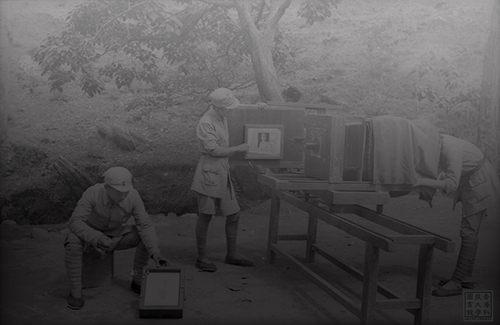
攝影與動員
Photography and Mobilization
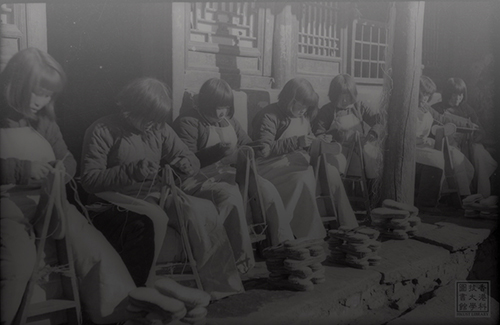
戰爭與性別
War and Gender
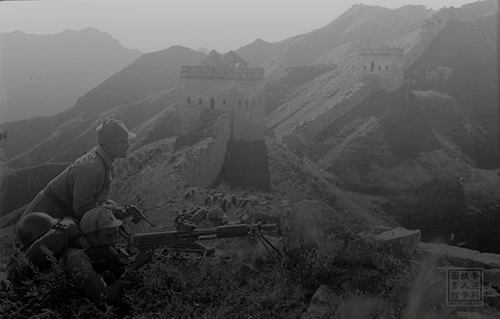
戰場上
On the Battlefield

左翼藝術與文化
Left-wing Art and Culture

廢墟與難民
Ruins and Refugees
Who is Sha Fei?
沙飛是誰 ?
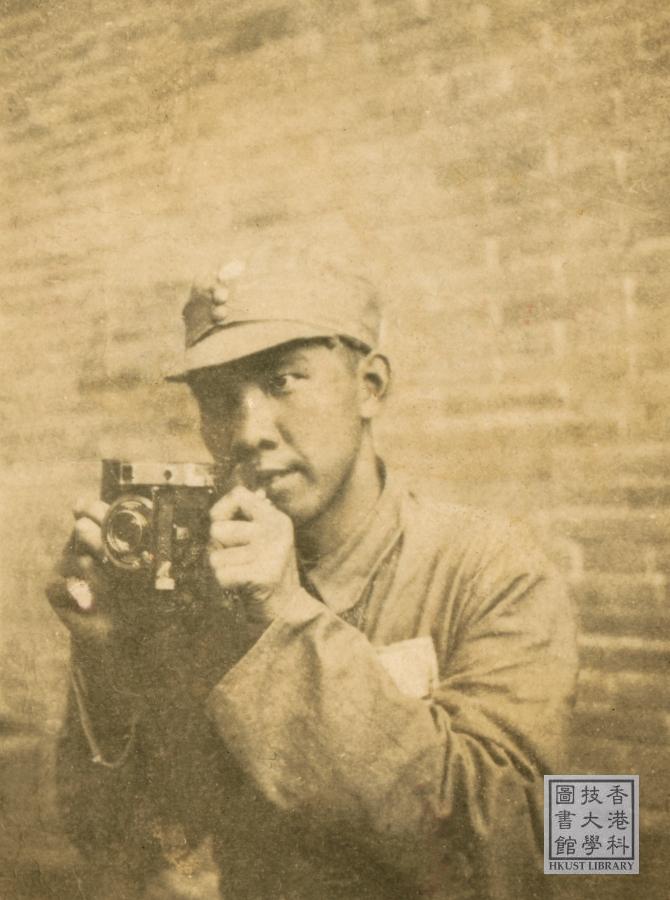
於廣州出生
Born in Guangzhou.畢業於無線電學校,即加入國民革命軍任報務員,參與北伐
Graduated from a radio school. Volunteered for the National Revolutionary Army and participated in the Northern Expedition as a wireless operator.在汕頭電台工作期間成為攝影愛好者。此時期作品受西方現代主義美學影響,但充滿對勞工與弱者的深刻同情
Worked at the Shantou Radio Station. Influenced by Western pictorial magazines and became intensely interested in photography. His early images, while aesthetically modernist, were imbued with deep sympathy for working people and the weak in society.加入上海「黑白影社」
Joined the Shanghai-based “Black and White Photographic Society”.在上海美術專科學校學習西方繪畫
Studied Western painting at the Shanghai Art Academy.在魯迅逝世前11天拍攝其最後留影,一舉成名
Captured the final images of Lu Xun (11 days before Lu’s death) and rose to fame as a leading photo-journalist.全面抗戰爆發,沙飛即趕赴山西前線,拍攝了攻克平型關、戰鬥在古長城等組照,鼓舞全民抗戰
After the outbreak of the Sino-Japanese War in July 1937, Sha Fei went to the Shanxi frontlines in September to report on Chinese resistance.加入國民革命軍第八路軍
Buoyed by the Eighth Route Army’s victory at Pingxingguan, he joined the Communist-led force in December.與戰友們在沒有電的河北山溝中創辦中英文《晉察冀畫報》,並組建培養中共第一支新聞攝影團隊,保存整理底片檔案
Founded the Jin-Cha-Ji Pictorial, the first Chinese-English magazine in Communist areas with his comrades in a Hebei valley without electricity.日軍包圍畫報社,為保護底片沙飛負傷,九名戰友犧牲
During a Japanese attack in 1943, Sha Fei was wounded and nine others were killed trying to protect film negatives.患肺結核入院
Admitted to the hospital for tuberculosis.因精神疾病槍殺為其治療的日本醫生,被解放軍華北軍區判處死刑
Apparently suffering from mental illness, Sha Fei shot and killed his Japanese doctor in December 1949. A military court sentenced him to death.中華人民共和國成立五個月後的1950年3月4日,沙飛被槍決,而他拍攝的鲁迅照片底片與他生死相隨
Esxecuted on 4 March 1950, five months after the founding of the People’s Republic of China. Buried with him was a small metal box containing the negatives of Lu Xun.
Do you know what is Jin-Cha-Ji?
沙飛創辦了《晉察冀畫報》,中共的第一本中英雙語雜誌。
你知道「晉察冀」是什麼嗎?
Where is Jin-Cha-Ji?
晉察冀在哪裡?
晉察冀是民國時期
山西省、察哈爾省和河北省三省的簡稱。
中國共產黨在抗日戰爭期間 (1937-1945) 在這三省接壤的地區建立根據地,稱為「晉察冀邊區」。
JinChaJiis the abbreviation of
ShanxiChaharHebei. The Jin-Cha-Ji Border Region was under the control of the Chinese Communist Party during the time of the Second Sino-Japanese War (1937-1945).
Shanxi province. During the Spring and Autumn Period, it was the land of Jin.
Chahar province. In 1952, it was incorporated into Hebei, Shanxi, Inner Mongolia and Beijing.
Hebei province. In ancient times, it was called Jizhou.

Map of the Shanxi-Chahar-Hebei Border Region, ca. 1943.
© Marc Opper, 2019
Special thanks to
Ms Wang Yan for the donation
感謝王雁女士的慷慨捐贈
There are now photographs in our
Sha Fei Photographic Collection
The photographs were taken between the years of 1935-1946.
References
參考資料
Chang, David C. (2017). Sha Fei: a humanist photographer at war (1912-1950) introduction. HKUST Library. https://library.hkust.edu.hk/exhibitions/sha-fei/?page=intro
HKUST Library. Sha Fei Photographic Collection. Rare & Special e-Zone. https://lbezone.hkust.edu.hk/rse/sha-fei-photographic-collection
Opper, M. (2020). The Shanxi-Chahar-Hebei Border Region, 1937–1945. In People’s Wars in China, Malaya, and Vietnam (pp. 95–134). University of Michigan Press. http://www.jstor.org/stable/10.3998/mpub.11413902.10
Sha Fei (1912–1950): the photographer who shaped modern China. Fairbank Center for Chinese Studies, Harvard University. https://fairbank.fas.harvard.edu/research/exhibitions/sha-fei-沙飞-1912-1950-the-photographer-who-shaped-modern-china/
黃道炫、沙飛等(2015)。《中國抗戰:晉察冀根據地抗日影像》。太原:山西人民出版社。
石志民(主編)(2015)。《晉察冀畫報文獻全集》。北京:中國攝影出版社。
Project Team
Data cleaning • Data curation • Research data • Website building
- Qiuzi GUO, Division of Humanities & Library
- Holly CHAN, Library
- Sammi CHENG, student helper
The Project Team would also like to express our gratitude to Prof. David Chang from the Division of Humanities for providing a highly informative and insightful introduction of Sha Fei to the Library's exhibition "Sha Fei: A Humanist Photographer at War (1912-1950)" in 2017. We have utilized his introduction to compile a comprehensive biography timeline of Sha Fei in this project. Prof. Chang's expertise and knowledge have greatly enhanced our understanding of Sha Fei's life, enabling us to present a cohesive and engaging narrative.


